
Art Gharana — 12 Mins read
Complete Guitar Strings Guide (Electric & Acoustic)
Musical Instruments
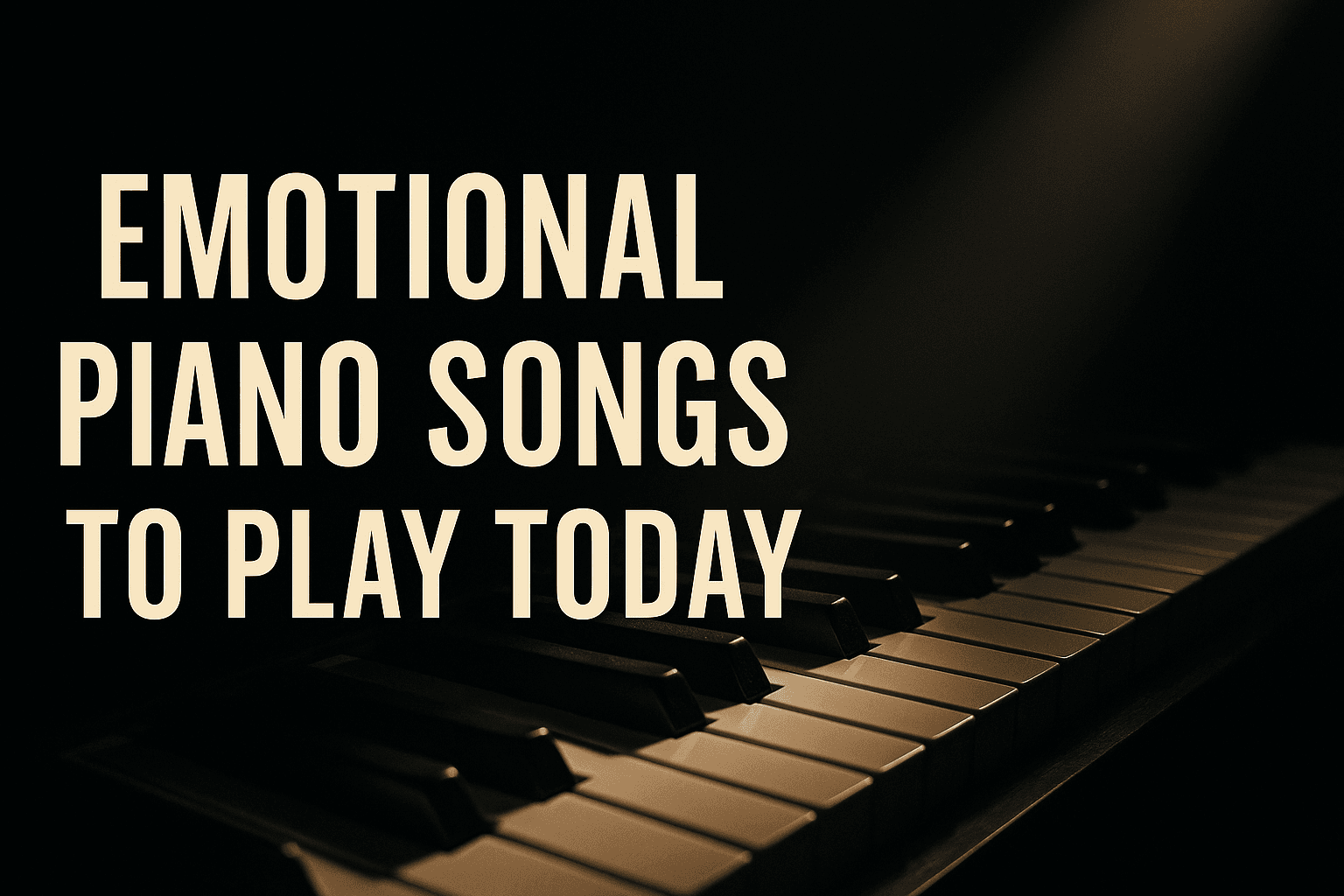
Introduction The piano has long been celebrated for its ability to convey deep emotions, from the melancholic strains of classical compositions to the heartfelt melodies of contemporary ballads. Whether you're a seasoned pianist or a beginner, exploring emotional piano pieces can be a transformative experience.
If you're new to the instrument or looking to refine your skills, understanding the layout of the piano keys is essential. A solid grasp of the keyboard's structure lays the foundation for playing with expression and feeling. For beginners, a comprehensive guide to the piano keys layout can be incredibly helpful. Art Gharana's Piano Keys Layout: A Beginner’s Guide offers a detailed walkthrough to get you started.
Once you're comfortable with the basics, you might consider enhancing your skills further. Art Gharana provides online piano and keyboard classes tailored to various skill levels. These courses can help you delve deeper into emotional expression through music.
In this blog, we'll explore a selection of emotional piano songs that are perfect for today's practice session. Whether you're seeking solace, introspection, or a touch of nostalgia, these pieces offer a rich tapestry of emotions to explore.
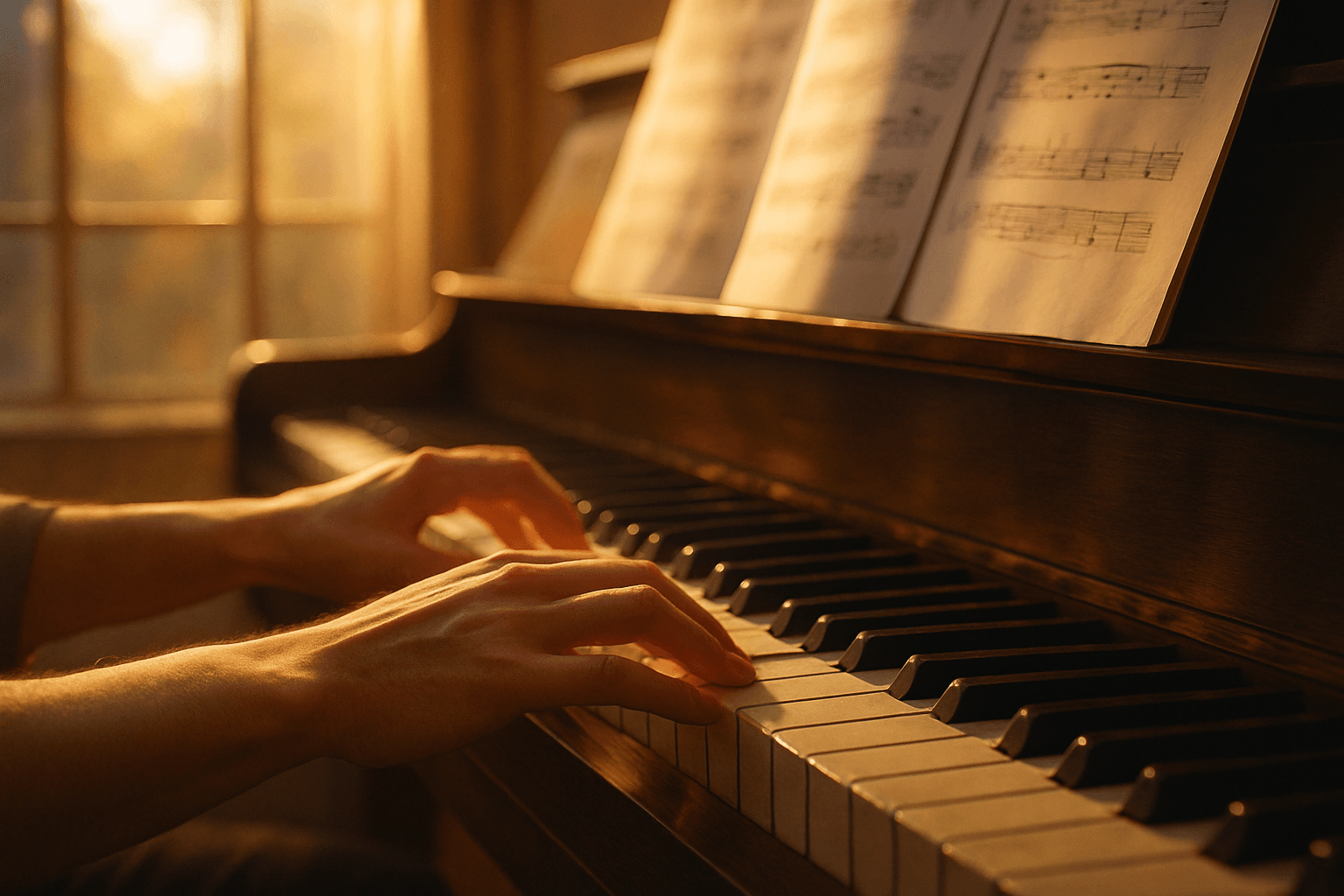 Delving into the world of emotional piano music often leads us to timeless classics that have resonated with audiences for generations. These pieces not only showcase the depth of human emotion but also serve as excellent studies for pianists aiming to express similar sentiments.
Delving into the world of emotional piano music often leads us to timeless classics that have resonated with audiences for generations. These pieces not only showcase the depth of human emotion but also serve as excellent studies for pianists aiming to express similar sentiments.
Frédéric Chopin's "Nocturne in C-sharp Minor" is a delicate and expressive piece that captures the essence of longing and sorrow. Its lyrical lines and subtle dynamics require a nuanced touch, offering pianists an opportunity to explore the emotional depth of the Romantic era.
Contemporary composer Yiruma's "River Flows in You" has become a modern classic, known for its flowing melody and emotive phrasing. The piece's simplicity allows for personal interpretation, making it a popular choice for weddings and intimate performances.
Claude Debussy's "Clair de Lune" (Light of the Moon) is a masterpiece of Impressionist music. Its shimmering textures and delicate harmonies create an atmosphere of tranquility and beauty, transporting listeners to a serene moonlit night.
Franz Schubert's "Impromptu in G-flat Major" is a lyrical and expressive piece that showcases the composer's gift for melody. Its flowing lines and rich harmonies evoke a sense of warmth and nostalgia, making it a cherished work in the piano repertoire.
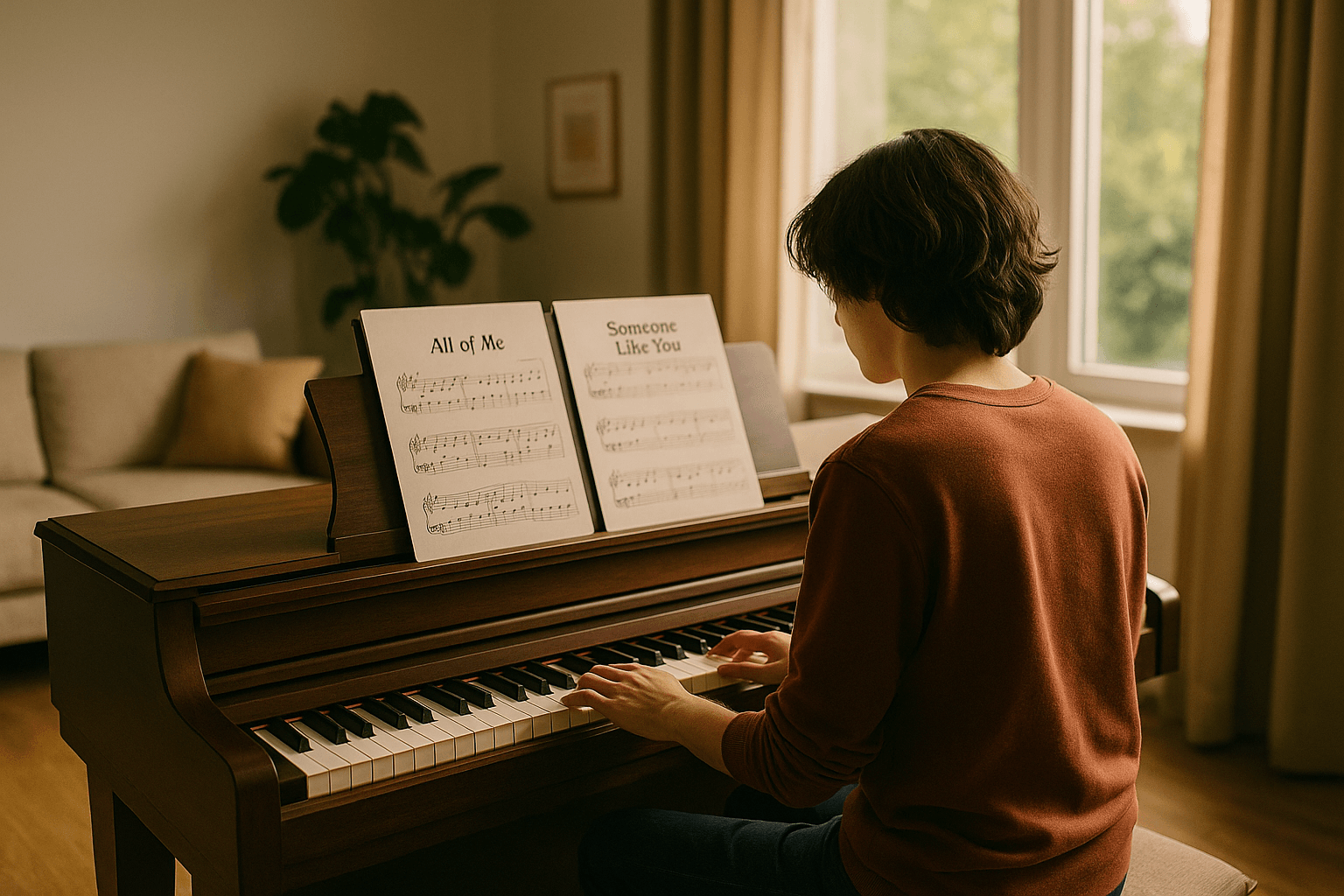 While classical pieces form the backbone of emotional piano music, contemporary songs bring a fresh, relatable touch that resonates with today’s listeners. From modern pop hits to indie piano ballads, these songs blend simplicity with heartfelt expression, making them ideal for pianists of all levels.
While classical pieces form the backbone of emotional piano music, contemporary songs bring a fresh, relatable touch that resonates with today’s listeners. From modern pop hits to indie piano ballads, these songs blend simplicity with heartfelt expression, making them ideal for pianists of all levels.
Adele's iconic ballad "Someone Like You" translates beautifully to piano. Its slow, emotional melody allows pianists to focus on phrasing and dynamics, delivering the song’s deep sense of longing. This track is among the best songs to play on piano for evoking emotion in modern music practice.
 Playing emotional piano songs is about more than hitting the right notes. It requires sensitivity, expression, and a connection to the music. Here are practical tips to help you bring emotion to your piano playing.
Playing emotional piano songs is about more than hitting the right notes. It requires sensitivity, expression, and a connection to the music. Here are practical tips to help you bring emotion to your piano playing.
Focus on understanding the emotion behind each piece. Slow down difficult passages and emphasize dynamics—soft and loud tones convey mood effectively. When you connect with the feeling of a song, your performance becomes more impactful.
Use phrasing, pauses, and pedal techniques to add depth. Shaping the rise and fall of the melody can make even simple songs sound expressive. Dynamics are key to transforming technical practice into an emotionally compelling performance.
Recording your practice sessions helps you hear whether your interpretation conveys the intended emotion. You can identify areas where phrasing, tempo, or expression needs adjustment, and track your progress over time. 3.4. Learn From Guides and Tutorials For beginners or anyone refining their skills, structured guidance can make a huge difference. Resources like Art Gharana’s Piano Note Hacks provide useful tips for practicing effectively and enhancing your emotional expression.
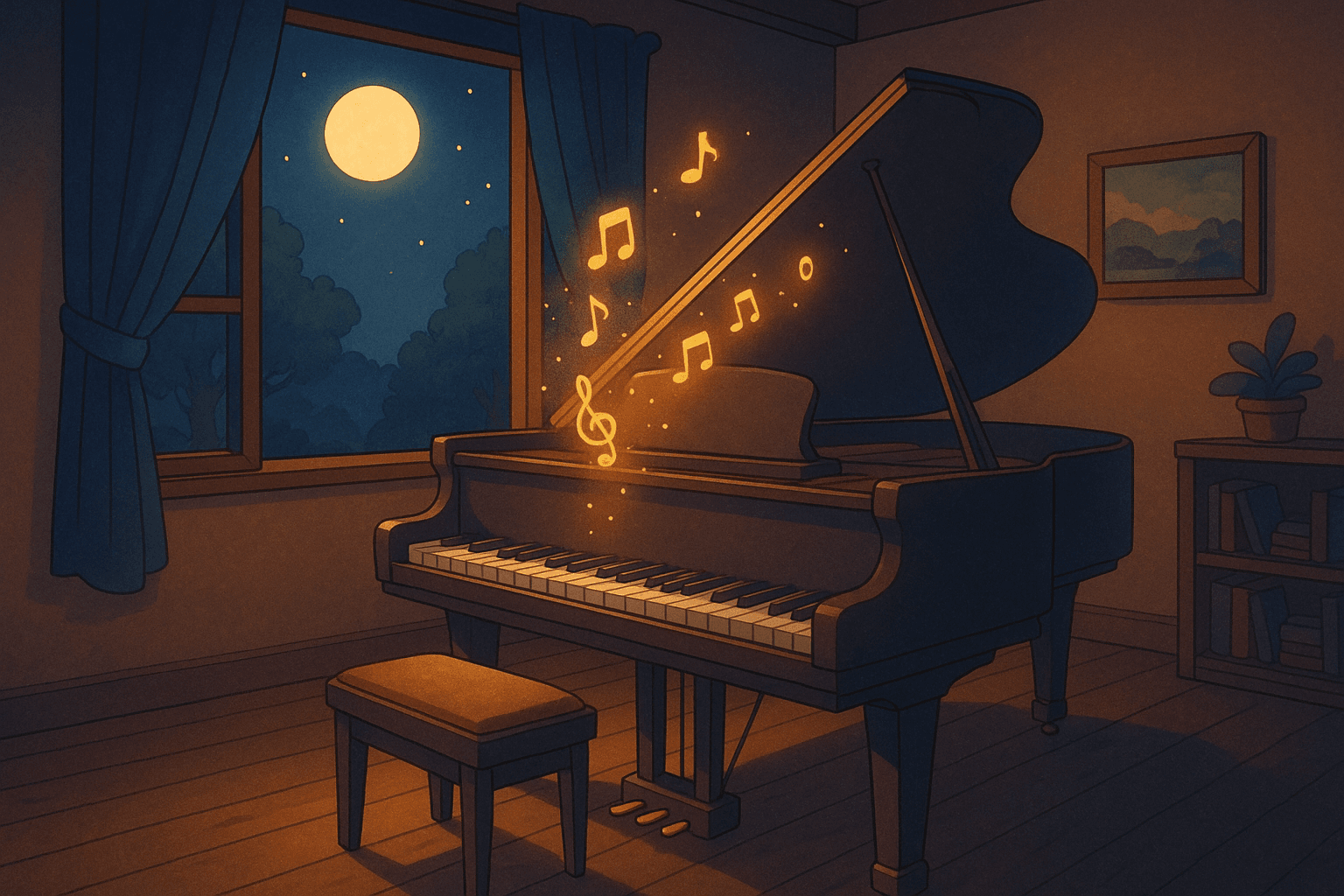 Beyond learning existing pieces, creating your own emotional piano arrangements allows you to express personal feelings and develop a unique playing style. Here’s how to get started.
Beyond learning existing pieces, creating your own emotional piano arrangements allows you to express personal feelings and develop a unique playing style. Here’s how to get started.
Take a song you love and modify it to reflect your interpretation. Adjust tempo, dynamics, or key to match the emotion you want to convey. Even simple changes can make a familiar song feel entirely new.
Start small by experimenting with short melodies and chord progressions. Focus on crafting tunes that reflect moods such as joy, sadness, or nostalgia. Simple yet heartfelt compositions can be just as moving as complex pieces.
Different chord combinations evoke different emotions. Minor chords often convey sadness or introspection, while major chords tend to feel uplifting or joyful. Play around with inversions and progressions to create the desired emotional effect.
To refine your skills and gain inspiration, consider joining online piano courses. Art Gharana’s Online Piano & Keyboard Classes offer lessons that guide you through techniques, arrangements, and expressive playing suitable for all skill levels.
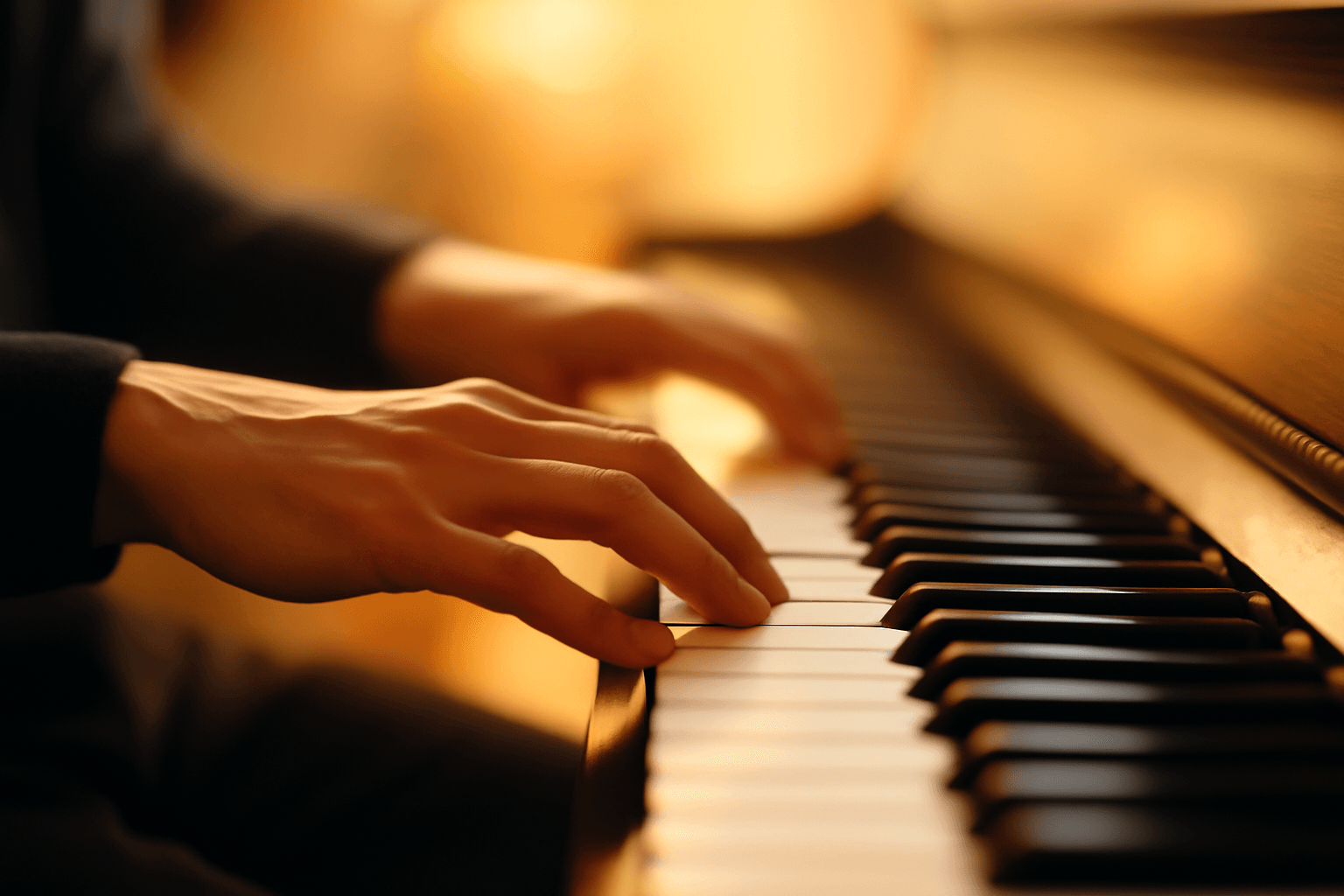 Finding the right resources can significantly accelerate your piano learning journey, especially when exploring emotional pieces. Here are some recommended tools and guides.
Finding the right resources can significantly accelerate your piano learning journey, especially when exploring emotional pieces. Here are some recommended tools and guides.
Online tutorials provide step-by-step guidance, allowing you to learn songs at your own pace. Websites offering sheet music for popular and emotional piano songs help you practice both classical and contemporary pieces.
Practice apps can enhance your skills with interactive features, including tempo control, finger positioning guides, and feedback on accuracy. These apps are especially useful for mastering emotional expression in your playing.
Reading detailed guides can help you understand techniques for expressive playing. For example, Art Gharana’s Piano Note Hacks blog provides practical tips for improving your piano practice and exploring creative ways to express emotion through music.
Engaging with online or local piano communities allows you to share your progress, get feedback, and discover new songs. Collaborating with others can inspire creativity and motivate consistent practice.
For more structured learning, personalized lessons are invaluable. Art Gharana offers the opportunity to book a free trial class with professional instructors, helping you refine technique, expression, and overall performance on the piano.
Exploring emotional piano songs opens up a world where music meets feeling, allowing you to connect deeply with every note you play. Whether you’re revisiting timeless classics like Beethoven’s “Moonlight Sonata” or experimenting with contemporary hits such as John Legend’s “All of Me,” each piece offers a unique way to express your emotions and develop your personal style on the piano.
Have you ever noticed how a simple chord progression can instantly evoke nostalgia, joy, or melancholy? That’s the magic of songs to play on the piano—they don’t just entertain; they tell a story, your story. By practicing with intention, experimenting with dynamics, and creating your own arrangements, you transform every session into a meaningful musical experience.
If you’re ready to take your piano journey further, why not explore guided lessons tailored to your skill level? With resources like Art Gharana’s online piano classes and tips from expert blogs, you can discover the best songs to learn on piano, enhance your technique, and truly bring each composition to life.
So, which emotional piano song will you play today? Will you start with a classic that’s stood the test of time, or a contemporary hit that speaks to your heart? Whatever you choose, remember—every song is an opportunity to express, create, and connect. Let your fingers tell the story, and let your music resonate with the emotions only you can convey.